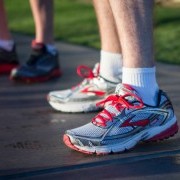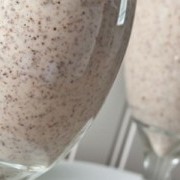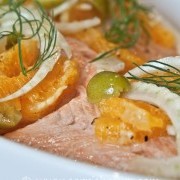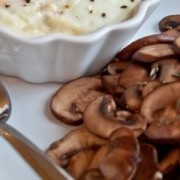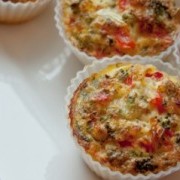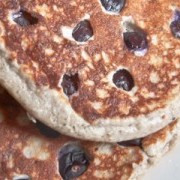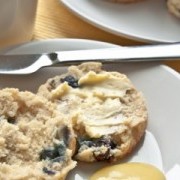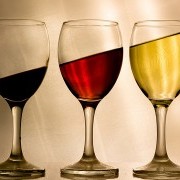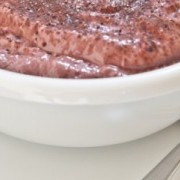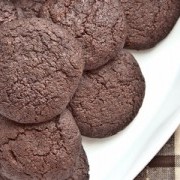Exercising Less Does Not Cause Long-Term Fat Gain
“It is reasonable to assume that persons with relatively high daily energy expenditures would be less likely to gain weight over time compared with those who have low energy expenditures. So far, datato support this hypothesis are not particularly compelling.” – American Heart Association
The idea that we have an obesity epidemic because people are not exercising enough is a myth. Saffron A. Whitehead at St. George’s University of London reported: “Most studies show that the obese do about the same physical activity as [the] lean.”
Common sense tells us that if exercising less is the cause of our collective weight issues, we must be collectively exercising less. Are we?
Not even close.

The idea of aerobic exercise did not even exist in the mainstream until the 1968 publication of the book Aerobics by Dr. Kenneth H. Cooper. Dr. Entin, with the department of Biological Sciences at Northern Arizona University, explains the common view before then: “In the 1930’s and 40’s…high volume endurance training was thought to be bad for the heart. Through the ‘50’s and even ‘60’s, exercise was not thought to be useful…and endurance exercise was thought to be harmful to women.” During that same period the percent of obese Americans was dramatically lower than today. Nowadays, Americans exercise more than anyone else in the world and are the sixth heaviest population in the world. How could doing too little of something that we did even less of before the problem existed cause the problem?
Some people claim that we are getting heavier because we are using labor-saving devices. Yet that doesn’t make sense. The vast majority of labor-saving devices became common in households decades before obesity shot up. Use of dishwashers, washing machines, vacuum cleaners, and all the major labor-saving devices increased most between 1945 and 1965. However, obesity increased little during that time period. Use of these devices increased very little between 1978 and 1998 while obesity rates shot up. So how could labor-saving devices be the cause of weight problems?
Reread the quote from the American Heart Association at the start of this chapter. Digging into the data and abandoning assumptions about our activity levels, researchers like New York University’s Marion Nestle tell us, “…the activity levels of Americans appear to have changed little, if at all, from the 1970s to the 1990s.”
What about all the TV watching? That’s got to be the cause, right? That too does not correspond with the facts. Tsinghua University professor Seth Roberts determined: “Time spent watching TV increased by 45% from 1965 to 1975, yet obesity increased little over that time; from 1975 to 1995, when obesity shot up, TV watching increased only a little.”
Eating lower–quality food creates the clog that causes chronic weight gain. People can be plenty active, and exercise for hours, but if they eat low-quality food, they will get clogged and gain body fat. Long-term weight gain is determined by food and exercise quality, not quantity.
- Haskell WL, Lee IM, Pate RR, Powell KE, Blair SN, Franklin BA, Macera CA, Heath GW, Thompson PD, Bauman A; American College of Sports Medicine; American Heart Association. Physical activity and public health: updated recommendation for adults from the American College of Sports Medicine and the American Heart Association. Circulation. 2007 Aug 28;116(9):1081-93. Epub 2007 Aug 1. PubMed PMID: 17671237.
- Whitehead, Saffron A.; Nussey, Stephen (2001). Endocrinology: an integrated approach. Oxford: BIOS. pp. 122. ISBN 1-85996-252-1.
- Dr. Pauline, Entin. “History of Exercise Science.” www2.nau.edu. Northern Arizona University, n.d. Web. 10 Feb. 2011. <http://jan.ucc.nau.edu/pe/exs190web/exs190history.htm>.
- http://apps.who.int/bmi/index.jsp
- Nestle M, Jacobson MF. Halting the obesity epidemic: a public health policy approach. Public Health Rep. 2000 Jan-Feb;115(1):12-24. PubMed PMID: 10968581; PubMed Central PMCID: PMC1308552.
- Roberts, Seth. The Shangri-La Diet: The No Hunger Eat Anything Weight-Loss Plan. Chicago: Perigee Trade, 2007. Print.



